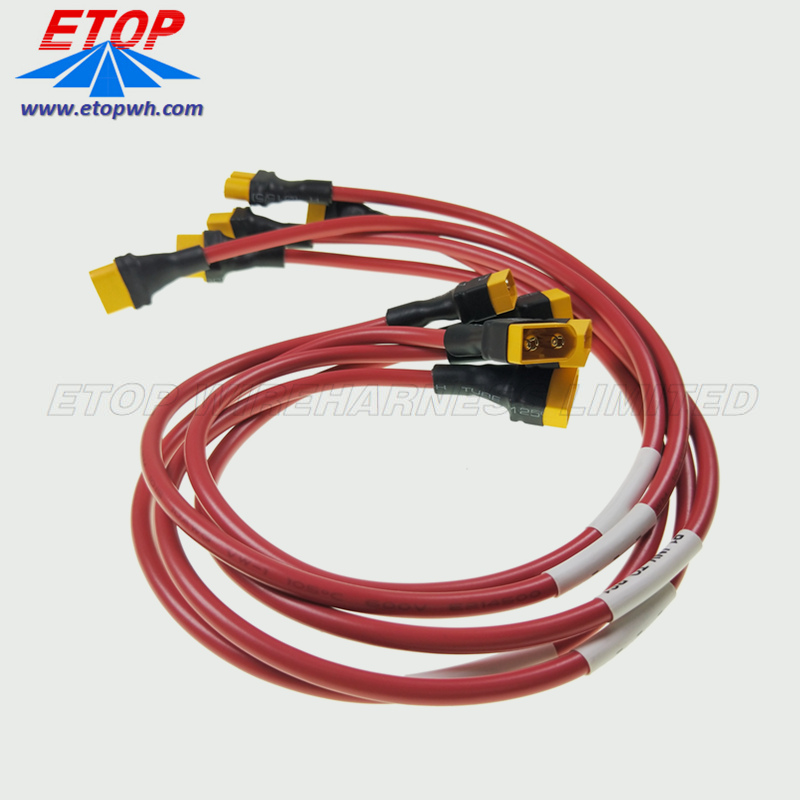


XT60 Series Cable (comes with 14AWG wire).XT60 Parallel Cable (comes with 16AWG wire).Also, as a side note, 10 AWG wire is designed to easily handle a high voltage 90A continuous current over short distances (you can verify using this online calculator here, with values of 1% loss, 22.2V DC, 90A, and 0.3m cable length), but again, if your system pulls <60A continuous, feel free to use XT60's, even for wire such as 10 AWG or as large as 7AWG. For 150A continuous (250A peak), use XT150's. For 90A continuous, or ~140A peak, use XT90's. Anyway, for 60A or less continuous, or ~100A peak (<=30 sec), XT60's are the way to go. The 60 means "60 Amps," so as long as your *continuous* current is 60A or less, use these connectors, with any wire up to about 7 Gauge or so (though 14AWG wire is large enough to do the trick). XT60-style connectors are my favorite, hands down, for my personal use. Various Large-Current, Large-Diameter-Wire Connector Descriptions, & Links:
#Xt60 connector battery side serial
However, as 10AWG wire is capable of carrying currents much greater than 60A, you may be interested in using the larger XT90 connector, on which 10 AWG wire comes standard on a HobbyKing XT90 parallel harness or serial harness. A smaller diameter wire, such as a 10 AWG, can easily be soldered to an XT60 connector with this iron linked above (as this is the exact iron I used). In my experiment, I twisted two 12AWG wires together, to make a 7~8 AWG-equivalent wire, which I then soldered to an XT60 connector with no problem. Ultimately, I determined that a careful hand and hot iron ( 60W recommended, as my "Beginner RC Airplane Setup" document explains here) can easily handle wires at least up to 7 AWG, which is a very large diameter wire. So, tonight I decided to do an experiment to see how large of wire could be used with my favorite connector, the genuine XT60, from HobbyKing.


 0 kommentar(er)
0 kommentar(er)
